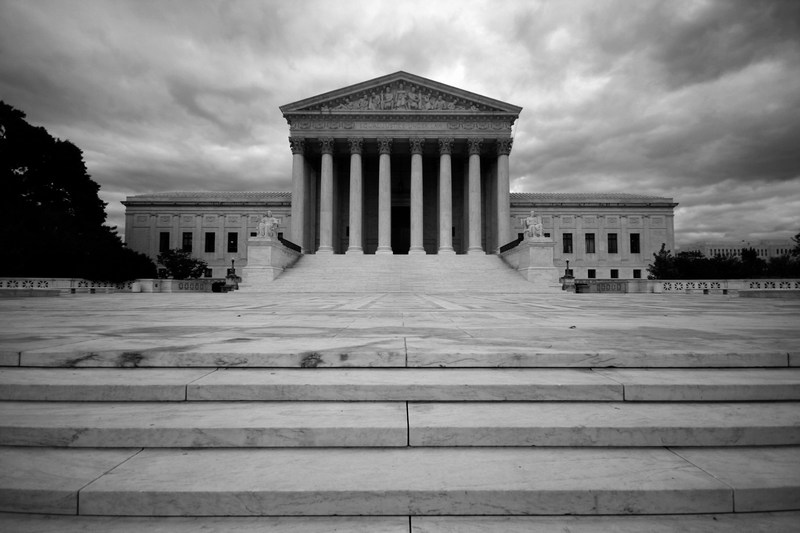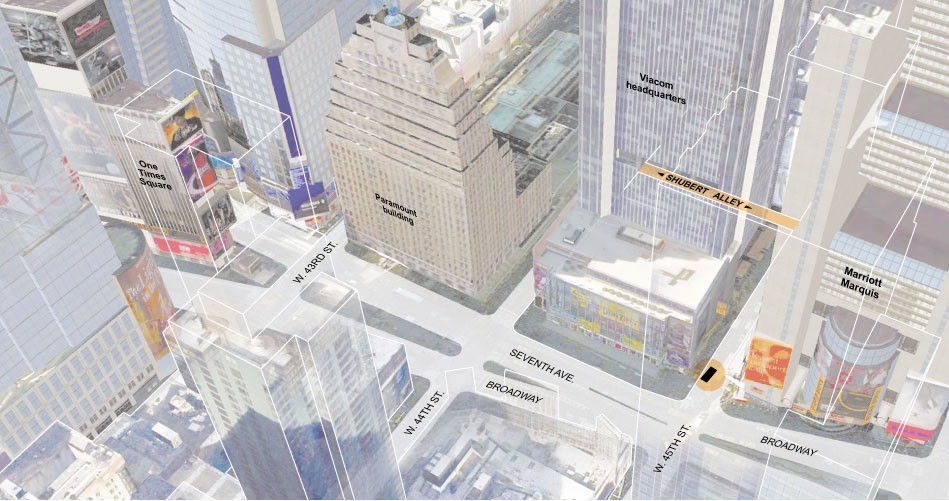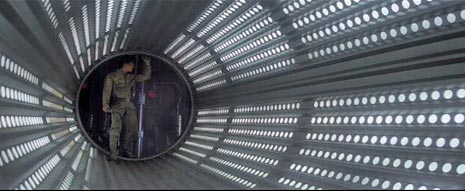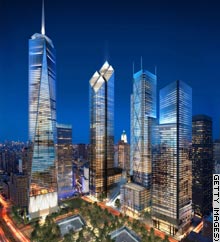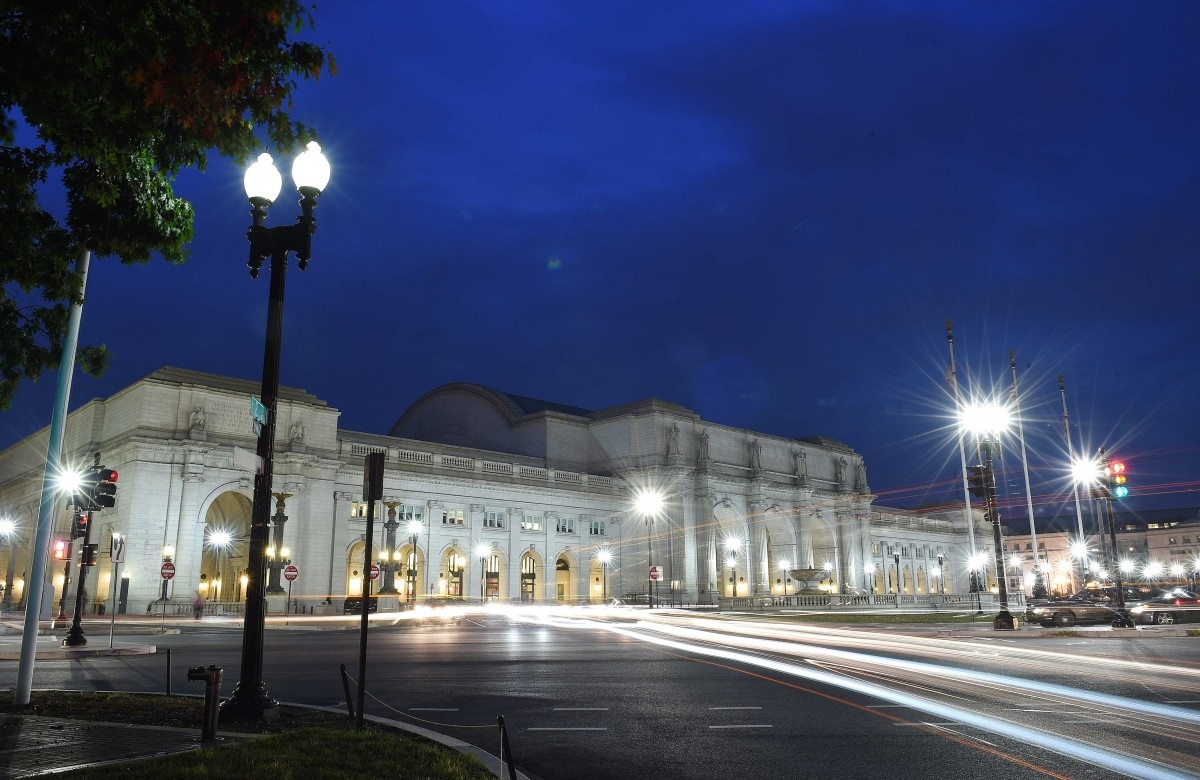 “It speaks to the paucity of our civic imagination, and the small-mindedness of our politics, that simply to describe a project of such ambition is to invite the knowing smirks and raised eyebrows of those who will immediately recognize it as wholly incompatible with the current political and budgetary environment…At the same time, broader economic forces make Union Station expansion almost inevitable. As Doug Allen, the head of the Virginia’s commuter rail service, put it, ‘The question is how we do it, not whether we do it.'”
“It speaks to the paucity of our civic imagination, and the small-mindedness of our politics, that simply to describe a project of such ambition is to invite the knowing smirks and raised eyebrows of those who will immediately recognize it as wholly incompatible with the current political and budgetary environment…At the same time, broader economic forces make Union Station expansion almost inevitable. As Doug Allen, the head of the Virginia’s commuter rail service, put it, ‘The question is how we do it, not whether we do it.'”
In a long and handsomely illustrated piece, WaPo’s Stephen Pearlstein looks into the reimagining of Union Station (or is it Truman Station), in light of both commuter needs and the burgeoning of NoMa, H-St, and the DC downtown in general. “This new Union Station would go well beyond the ambitions of Daniel Burnham’s original Beaux-Arts masterpiece. Its footprint would span 10 square blocks — two blocks east to west, five blocks north to south, from the foot of Capitol Hill to K Street.”
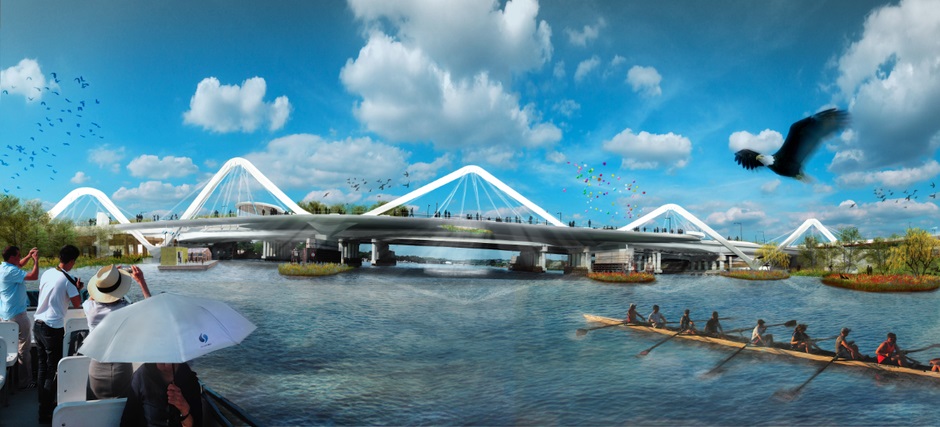 Update
Update:
“Make no mistake: Any of the finalists in the competition to design D.C.’s 11th Street Bridge Park is a winner. This is the savviest proposal for adapting outmoded infrastructure since the High Line. The four teams that made the grade as finalists to design the thing met the challenge.
And while we’re re-envisioning DC, CityLab looks at some intriguing “High Line”-style plans for the 11th Street Bridge. “Maybe the City Council could be convinced of the merits of the Southeast-to-Southwest Streetcar line once D.C. decides on a final design for the edgiest architecture project in the city’s history.”



